
- Sustainable Planet -
- 3mins -
- 484 views
Samsung’s New Eco-Friendly Packaging Can Be Turned Into Cat Homes
Samsung launches new eco-friendly packaging that encourages customers to upcycle their TV boxes into useful items including, among other things, cardboard cat homes.
Samsung announces ‘Eco-Packaging’ for Its Lifestyle TV Lineup
Korean tech giant Samsung Electronics has announced it is introducing a new eco-friendly packaging across its Lifestyle TV product portfolio in efforts to reduce the environmental footprint. Samsung’s new ‘eco-packaging’ made from eco-friendly corrugated cardboard will be applied to The Serif, The Frame and The Sero, allowing customers easier recycling as well as up-cycling of the cardboard boxes for “creative reuse”.
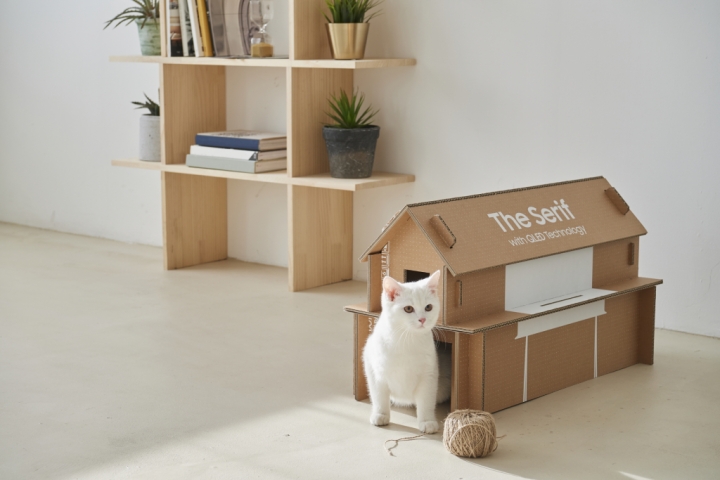
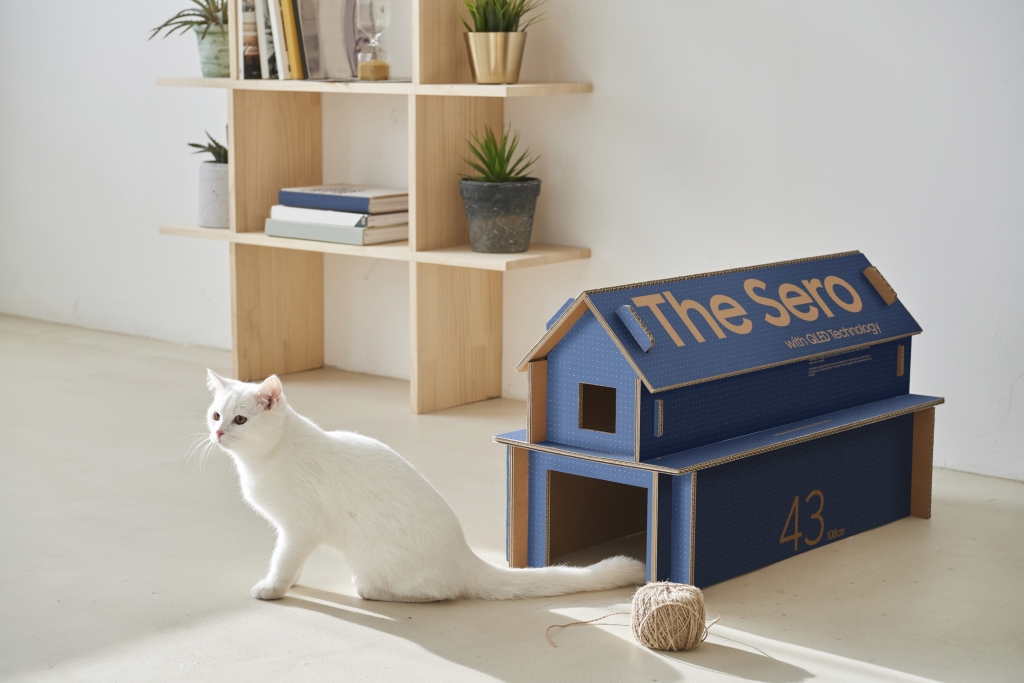
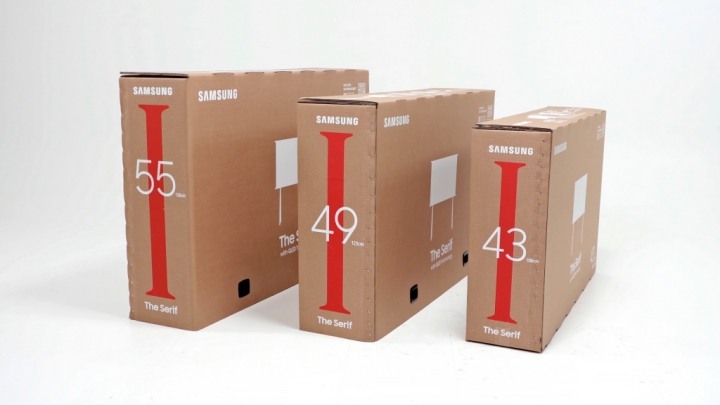
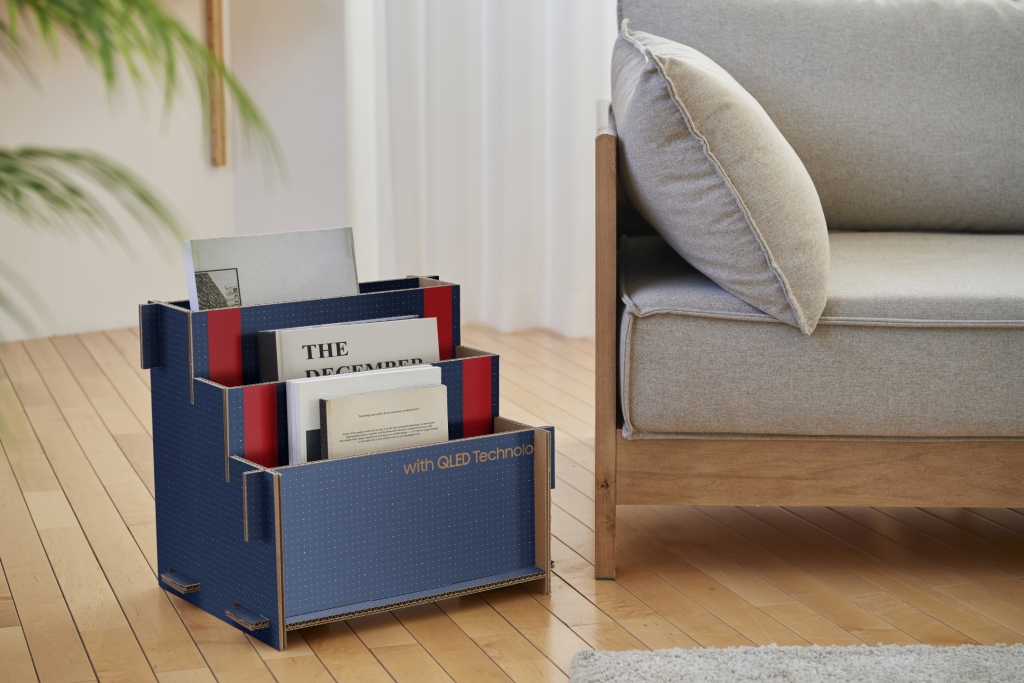
Samsung wins CES 2020 Innovation Awards for its eco-packaging concept
Earlier this year, Samsung had already won CES 2020 Innovation Awards for its eco-packaging concept for promoting the efficient use of resources.
As part of the rollout of the new eco-packaging, Samsung and Dezeen, a British lifestyle magazine, will hold a global design competition starting April 6th, where the two companies will award the most unique and practical designs and will apply the designs into its eco-packaging manual.
“Consumers are more likely to purchase from a brand that shares similar fundamentals and values as they do, and with our eco-packaging, we believe that we can provide our customers with a new experience that considers the environment as an important way to express themselves,” said Kangwook Chun, Executive Vice President and Head of Product Strategy Team of Visual Display Business at Samsung Electronics.
For more information on the design competition, please visit Dezeen and Samsung TV Instagram
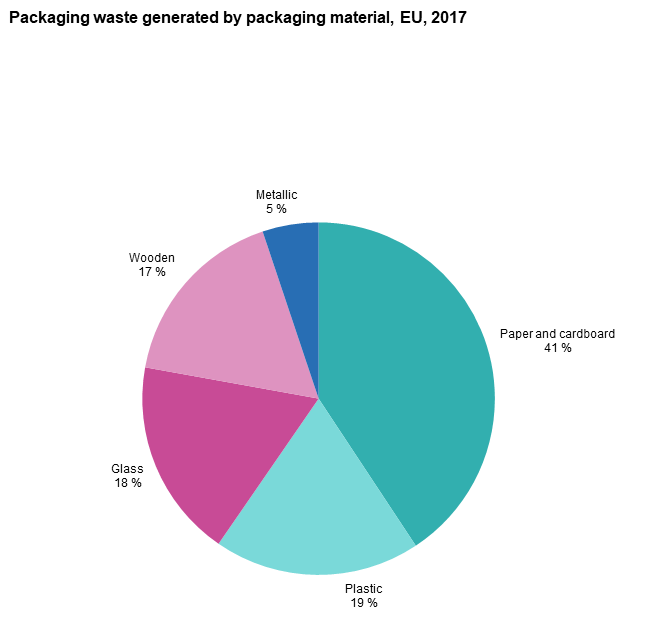
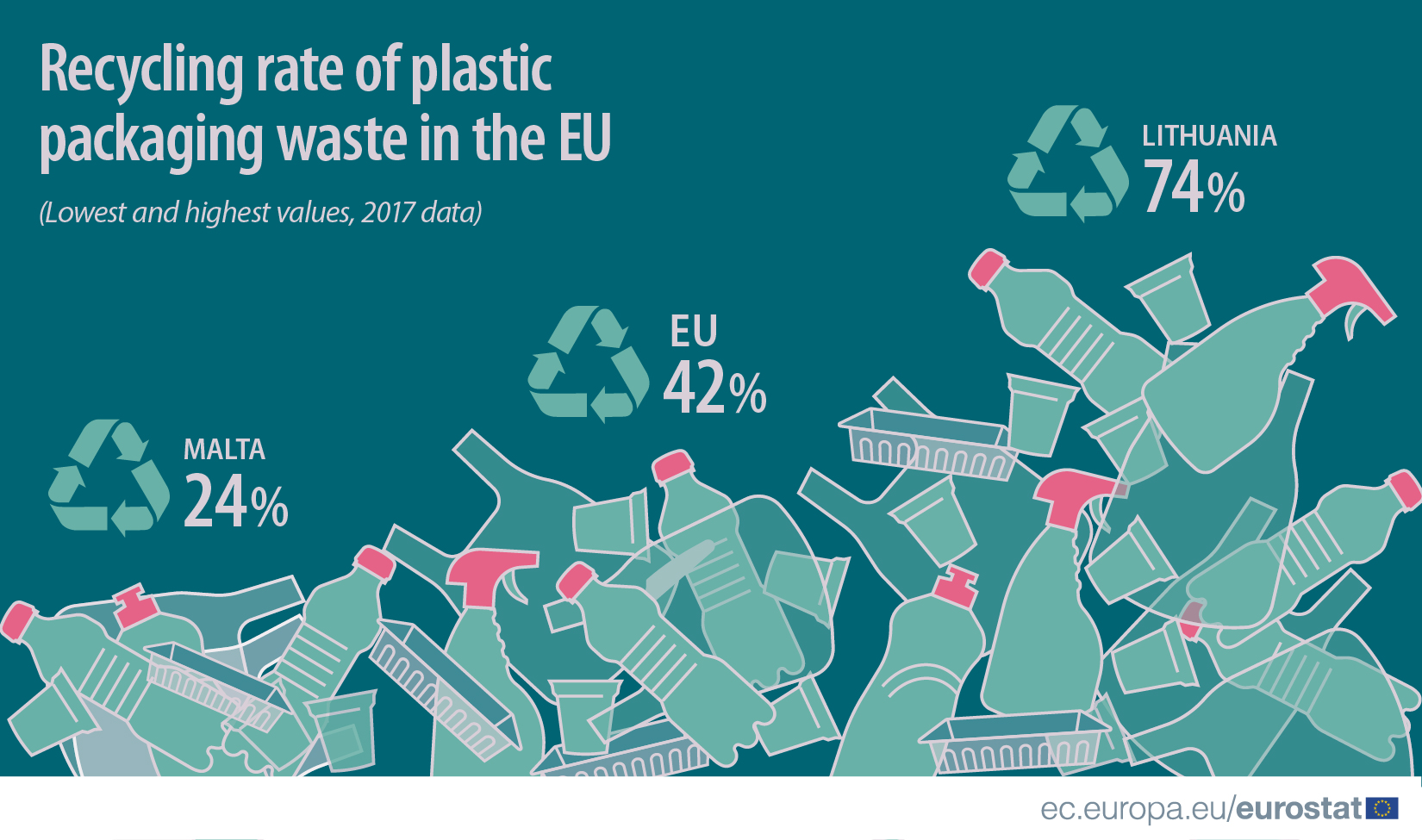
Development of all packaging waste generated, recovered and recycled, EU, 2007-2017
- Due to the 2008 global financial and economic crisis, the amount of packaging generated decreased but increased during the following years and in 2017 the volume of packaging waste reached the highest value since 2007.
- Over the 2007–2017 period, the generation of ‘paper and cardboard’ and ‘plastic’ and ‘glass’ packaging waste increased while ‘metal’ packaging waste decreased. Although largely fluctuating over the entire period, the amounts of wooden packaging waste also increased.
- The absolute amount of packaging waste recycling and recovery increased from 2007 to 2017.
- The recycling and recovery rates have increased steadily over the ten-year period.

